Benefits Management
How does pmo365 enhance your Benefits Management
You have probably come across this familiar scenario: Your organisation creates a strategy, a project is deployed, the project is completed and the team moves on. But how do you know if the project achieves what it had strategically set out to do and whether it will deliver benefits in the long-term? This is the gap that Benefits Management with pmo365 addresses.

All-round support
Providing all-round support throughout the entire Benefit Management process in the form of training, monitoring and roadmap support.

Defined benefit profiles, owners and governance structures
Ensuring all business cases for project proposals have defined benefit profiles, owners and governance structures before they are submitted.

Keep track of their activities
Helping benefit owners keep track of their activities as efficiently as possible

Unique needs of your organisation
Advising the level of benefits management needed to suit the the unique needs of your organisation
What is Benefits Management?
Benefits Management is a structured approach that identifies, plans, measures and tracks benefits throughout the entirety of the programme or project lifecycle - from the very start to its last projected benefit.
The Project Management Institute defines benefits as 'an outcome of actions or behaviors that provide utility, value, or a positive change to the intended recipient.' In the PPM setting, benefits are differentiated from project results or capabilities as they go beyond broad and overarching goals and objectives. They are inherently tied to the business’s strategic objectives to make sure that projects outputs are not simply attractive numbers, but properly justified through the business strategy.The key characteristic of a benefit is that they are definable, measurable and as a result, realisable.
Why is Benefits Management important?
Without properly defined benefits and a rigorous Benefits Management process, projects can easily be deemed as a success without any legitimate measurable benchmarks that can capture the real value generated. When done correctly, Benefits Management is a powerful approach that allows organisations to:
Benefit Alignment
Ensure their projects and their benefits are aligned with the business strategy and objectives from the beginning
Measure and track
Measure and track the actual quantifiable benefits achieved by programmes and projects within its portfolio.
Visibility and control
Gain visibility and control over the project portfolio delivery and impact on the overarching business strategy.
Book a demo
One of our PPM Solution Specialists will contact you and answer any other questions you might have.
It is not enough to simply introduce post-implementation reviews to fill this gap. The main purpose of Benefits Management is that organisations no longer have to wait until the end of a project to see whether it has made an impact. Putting Benefits Management processes in place will allow organisations and decision makers to make sure projects are addressing the right objectives from its very foundations, increasing their project’s impact and success.
What is the Benefits Management Process?
Benefits Management follows through the entire project lifecycle and can be broken down into four phases:
Benefits Management Phase 1: Benefit Identification and Structure
When a business case is being made to form a project proposal, it is essential to clearly define the benefits, introduce governance structures and organise the benefit priorities to realise a benefit plan.
Identify the Benefits
Every program or project is attempting to achieve different types of benefits which can be categorised into the following four types:
Direct monetary benefits
tangible benefits that can be quantified and valued in financial terms
Direct non-monetary benefits
tangible benefits that can be quantified but are either difficult or impossible to value in financial terms
Indirect benefits
Intangible benefits that can be identified but are not easily quantified
Dis-benefits
potential negative consequences from the intended change
Benefit profiles are an effective tool to clearly define and describe in more detail the exact scope of the proposed project’s benefits. A benefit profile typically has four main parts:
Sample of benefit profiles
Benefit Description
Benefit Description is a clear and concise description of the specific benefit and the potential beneficiaries
Example: Improve current market share by 25%
Benefit observation
Benefit observation is important for intangible benefits and identifies the potential discernible difference pre and post project.
Example: Sales orders will increase alongside market share
Benefit Attribution
Benefit attribution aligns the benefit with the overarching program benefits that are responsible for its creation.
Example: Product quality improvement project and customer membership project
Benefit Measurement
Benefit measurement is a credible metric that can be used to accurately measure the value generated by the specific benefit.
Example:
- Increase Sales orders
- Sales revenue
- Market statistics
Below is a screenshot of how users capture benefits in pmo365:
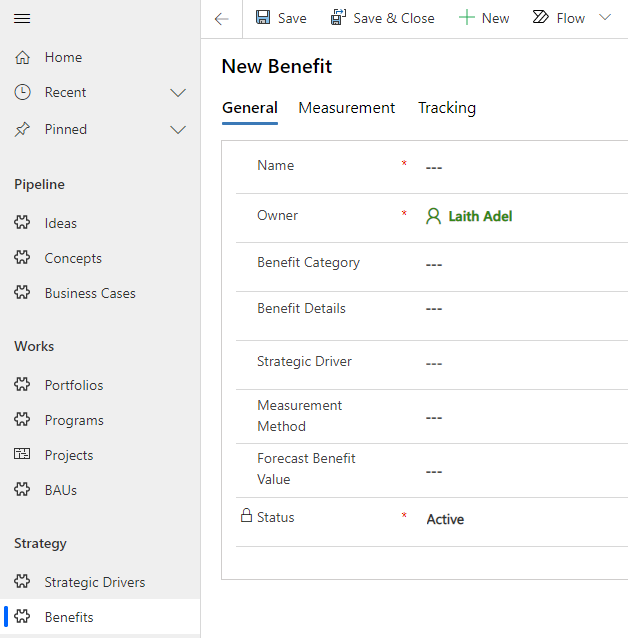
Benefits management governance structures
Successful benefit management depends on the allocation of and active engagement with benefit owners. Benefit owners are individuals tasked with the job of developing, shaping, implementing and managing the benefits of a programme or project. Benefit owners often fall into two categories:
Senior benefit owners
A senior business representative tasked with ensuring benefits are achieved once the project is completed. Typically assigned for large-scale projects.
Operational benefit owners
representative responsible for measuring benefits and managing any activities that contribute to benefit realisation.
Benefit Prioritisation
A critical aspect of benefit profiling is the prioritisation and ranking of all proposed benefits within the project or programme.
Benefits need to be assessed and prioritised on the basis of their importance to the project's success, their overall impact and value they will provide in regards to the overarching business strategy. This process will not only allow for effective resource allocation, but will allow for higher responsiveness and reorganisation of benefits to changing situations and events.
Benefit prioritisation must consider the broad set of factors and elements that can contribute to a higher priority. For example, if one benefit is dependent on the realisation of another benefit, the initial benefit will receive a higher priority. Once all benefits have been assigned a ranking, they will be placed into a benefit priority table which will be regularly reviewed to ensure priority values still remain valid.
Our next Benefits Management Webinar starts in:
Benefits Management Phase 2: Benefits Realisation Plan
This phase can be split into two distinct parts - the benefits realisation plan and benefit management strategy
Benefit Realisation Plan
The benefit realisation plan is mainly the responsibility of the Senior Responsible Owner (SRO) and acts as a management tool that provides an overview of the main milestones of each benefit profile. This overview allows the SRO to effectively delegate, track and monitor the collective set of benefits in the project or programme.
Within the benefit realisation plan is the summary review which is supplied by operational benefit owners based upon the targets set out by the SRO. This review identifies the benefits progress and new or ongoing issues which may need to be addressed to achieve the overall benefit. This review also provides insight into benefit prioritisation and is thus evaluated on regular intervals.
Benefit Management Strategy
The benefits management strategy is an extension of the plan and describes in detail how the programme and project intends to manage the delivery of their benefits. Benefit strategy documents will often include:
- A description of its purpose
- The business case for the project, including a summary of financial and non-financial benefits.
- Reference to past benefit management strategies and the methodology that will be applied.
- A description of roles, functions and responsibilities for benefits planning and realisation
- A complete benefit profile and priority table.
- A benefits realisation plan
- A plan for post-project monitoring and evaluation
The four key elements of the strategy can be split between governance, project, post-project and transition management.
Governance structures are the foundations of effective long-term benefits management and some projects can take years to achieve their final benefits. As a result, proper governance structure during and post-project must be introduced to ensure strategic oversight remains even when the project has been completed.
Within the actual operation timeframe of the project or programme, proper strategies for monitoring, reporting and intervention need to be introduced so allow for seamless and streamlined operations. This will keep all associated individuals prepared for any changing conditions that can arise during the project.
The post project strategy does not simply involve measurement and evaluation of benefits after the project is complete, but can also include pre-emptive strategies for how particular results, if achieved, can lead to potential broader business changes. This links to the final element, transition management.
The strategy should also consider these broader changes and how they can be implemented on a human level. This could come in the form of introducing new training and education activities, developing new processes and procedures, and re-deploying staff for future benefit realisation.
Benefits Management Phase 3: Benefits Realisation and Tracking
This is where all the strategies and plans made in prior stages will flourish and work like a well oiled train. The key activities completed during this phase include monitoring, reporting, measuring, communicating, executing strategic interventions and reviewing and updating plans to keep the project running smoothly.
However, no matter how amazing the strategies and plans may be, they may not be able to fulfil their maximum potential if your current software does not give you the visibility and integrative capabilities to effectively monitor the multitude of data streams related to your projects.
This is where Microsoft pmo365 becomes you one stop shop & single source of truth. A majority of organisations are already using Microsoft 365, but many are not using this powerful tool to its full capacity. And we don’t blame you. There’s so many tools that you can get lost in the long list of them. That’s where we step in to help you make the most out of your current systems and get results in the most efficient and productive way.
Below are screenshots of how users set up measurement and tracking parameters in pmo365:
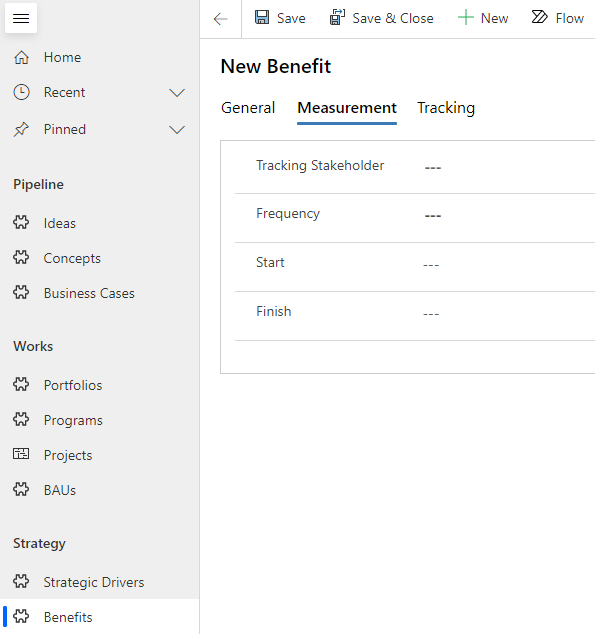
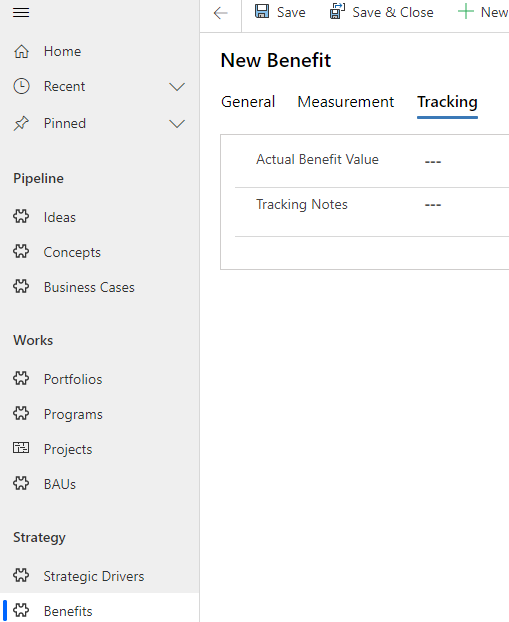
Benefits Management Phase 4: Benefit Evaluation
This is the final phase where the actual benefits of the programme or project are assessed and evaluated. Depending on the type of project, this phase can vary in time frame - spanning from mere weeks to years after the project’s completion.
The main objectives of this phase are to:
- Evaluate the effectiveness of the programme or project in realising the proposed benefits outlined in the initial business case
- Compare planned and actual costs and benefits of the programme or project
- Compile and document lessons learned throughout the process
- Identify opportunities and provide recommendations for actions and processes that can increase the benefit yield for future projects.
This phase will often all culminate into a post project review (PPR) report which considers four key elements.
The four key elements of post project reviews (PPR)
Timing
It is not enough to simply introduce post-implementation reviews to fill this gap. The main purpose of Benefits Management is that organisations no longer have to wait until the end of a project to see whether it has made an impact. Putting Benefits Management processes in place will allow organisations and decision makers to make sure projects are addressing the right objectives from its very foundations, increasing their project’s impact and success.
Link to business case
PPRs heavily rely on the quality of the business case as it is hard to properly evaluate the success of a project if their intended results are not outlined from the very foundations. The business case should specify the appropriate measures, target dates and responsibility for achieving the identified benefits.
Baseline comparisons
Unless there are baselines to compare and evaluate benefit yields and project success, then all data compiled will be isolated and project benefit reviews cannot be reliable or useful. Effective PPRs require that pre-implementation baselines and robust measurement processes have been established and are maintained throughout the benefits management process.
Assessment of actual benefit achievement
This is the main purpose of PPR and the evaluation process but it is surprising how unprepared organisations can be to properly complete this assessment. If targeted benefits are not adequately quantified or assigned specific measurements and if those measurements were not documented or recorded, the PPR cannot produce reliable results.
If all these elements are properly considered, the final PRR report will have accurate and reliable:If all these elements are properly considered, the final PRR report will have accurate and reliable:
- Assessment of project return on investment
- Assessment of the cumulative net benefit yield
- Recommendations for future programmes or projects
- Identify opportunities and provide recommendations for actions and processes that can increase the benefit yield for future projects.
Below is a screenshot of how your organisation can have visibility on benefits realisation in pmo365:
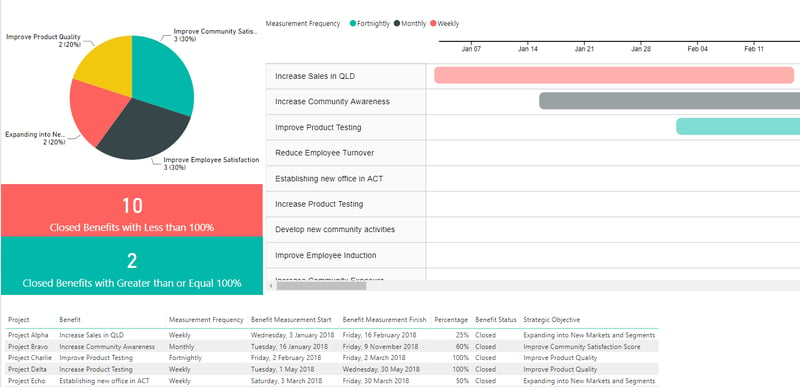
Our partners
We've worked with
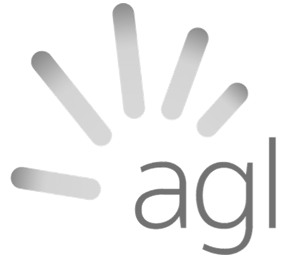

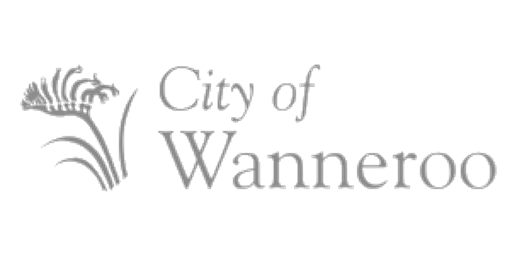
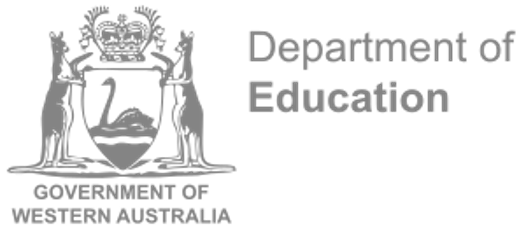
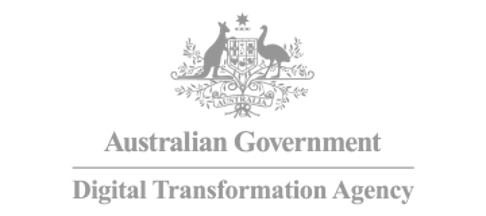


Project Management Process: The Complete Guide from Start to Finish


Scrum Meetings: The Backbone of Agile Team Communication


Lag Time in Project Management: What It Is and Why It Matters

